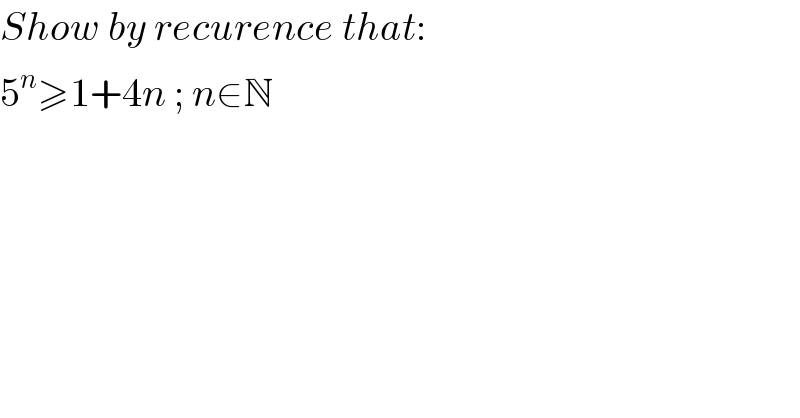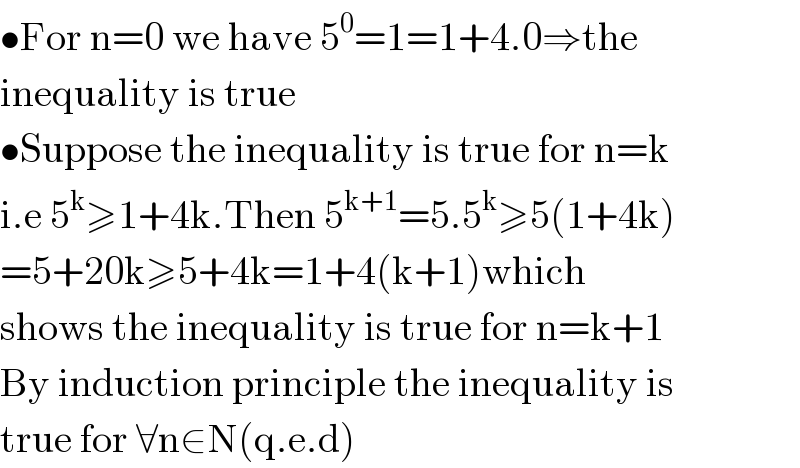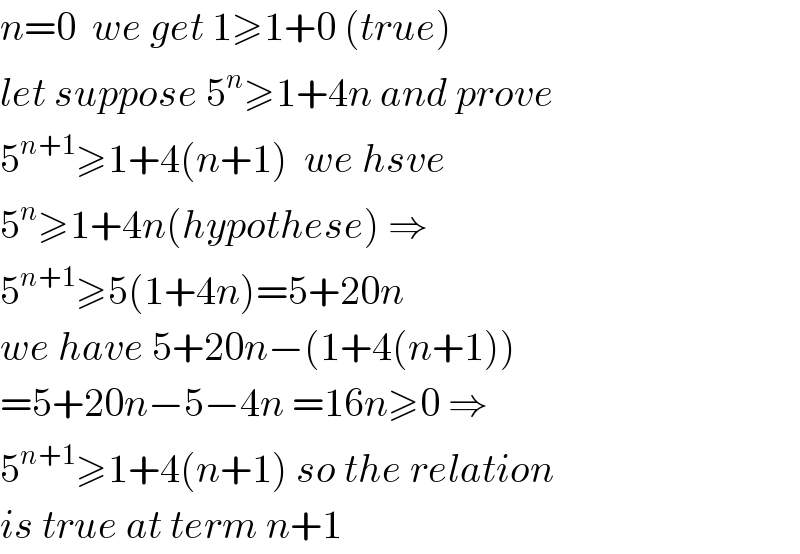
Question and Answers Forum
Question Number 119054 by mathocean1 last updated on 21/Oct/20

Answered by 1549442205PVT last updated on 22/Oct/20

Answered by Bird last updated on 21/Oct/20

| ||
Question and Answers Forum | ||
Question Number 119054 by mathocean1 last updated on 21/Oct/20 | ||
 | ||
Answered by 1549442205PVT last updated on 22/Oct/20 | ||
 | ||
| ||
Answered by Bird last updated on 21/Oct/20 | ||
 | ||
| ||